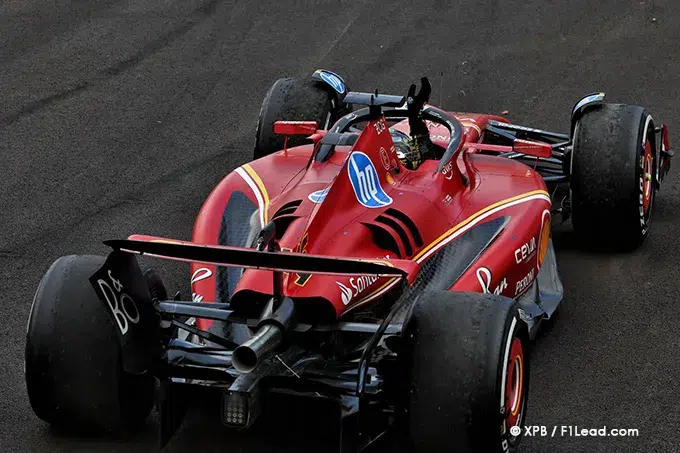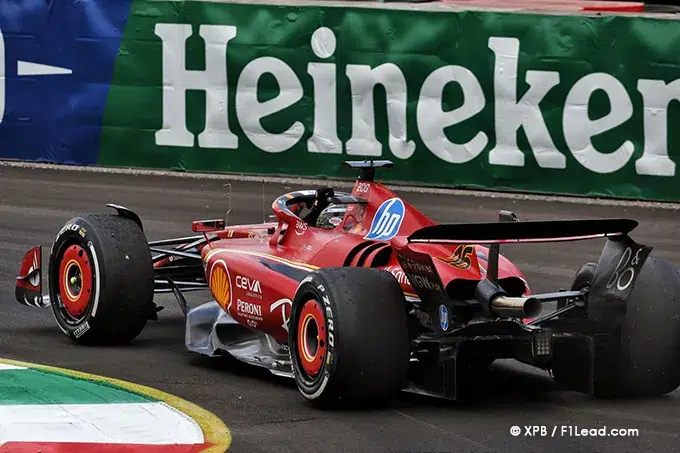Pirelli’s pre-race single-stop strategy prediction proved spot-on, despite widespread graining challenges.
Pirelli had predicted before the race that the fastest strategy would be a single stop, starting on soft tires and switching to medium compounds for the second stint. As many drivers experienced graining, a second pit stop seemed mandatory.
However, Charles Leclerc managed to secure victory with only one stop, unlike the McLaren F1, Mercedes, and Red Bull drivers. Mario Isola commended Ferrari’s boldness in attempting a single stop while managing the race’s worst issue, graining.
The manufacturer also noted that the soft tires, very quick over a single lap but fragile on a track that peaked at over 55 degrees, were not used. Daniel Ricciardo completed the longest stint of the race with 42 laps on hard tires, and Esteban Ocon had the longest run on medium compounds with 21 laps.
“A truly thrilling race followed by an incredible show from the fans. The enthusiasm of the Monza crowd is incredible and contagious, and it really gives you goosebumps. Congratulations to Charles Leclerc and Ferrari, as winning this Grand Prix must be an incredible feeling for them,” Isola stated.
“Technically, this Grand Prix was a great success: battles on track between drivers with spectacular overtakes, like Piastri on Norris, and a strategic showdown between those who opted for two stops and those who chose just one.”
“We had said before the event that the single stop would be the fastest and this proved true. The fact that almost all teams kept two sets of hard tires for the race gave them the flexibility to consider different scenarios if necessary. It’s important to keep in mind that no one had enough data to fully evaluate the performance of the C3 compound on the brand-new track surface.”
“Managing graining was decisive and was likely influenced by the evolution of the track. Initial data analysis and visual inspections of the tires at the end of each stint showed that graining was significant in the early part of the race, particularly on the front left, but less so on the rear left, both on hards and mediums, while in subsequent stints the phenomenon was less present.”
“A key factor was thus the drivers’ feel during the race and their ability to manage the tires, especially for those who stuck with the strategy they had chosen from the start, namely the single stop.”

- You may also like>McLaren F1 Team Orders: Wolff Sees Necessary Change
- Also make sure you follow us on social media>Facebook and>Twitter
Graining Key in Racers’ One-Stop Strategy Success Graining Key in Racers’ One-Stop Strategy Success
